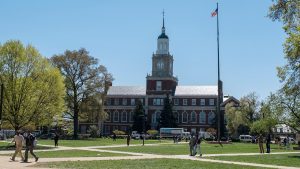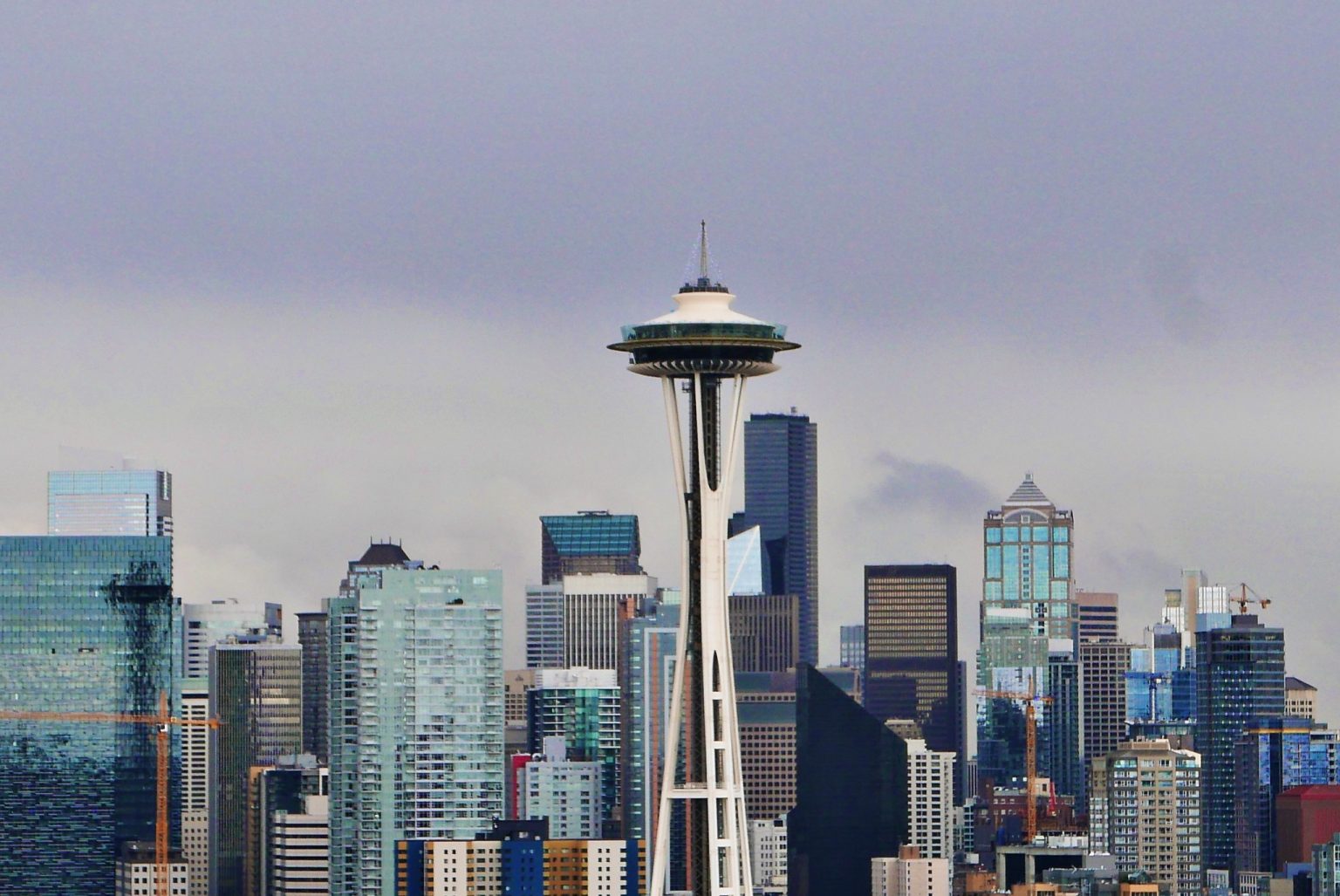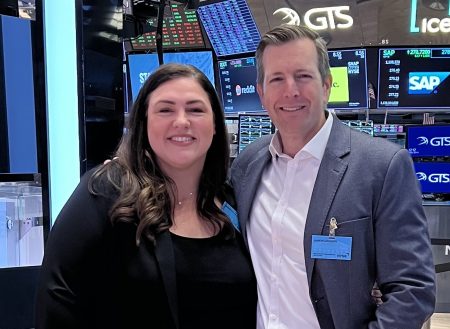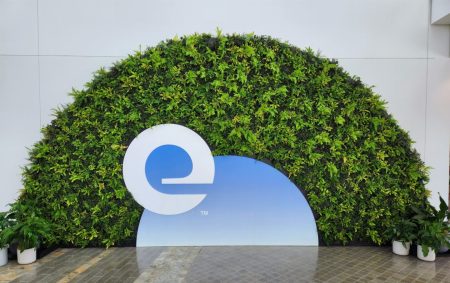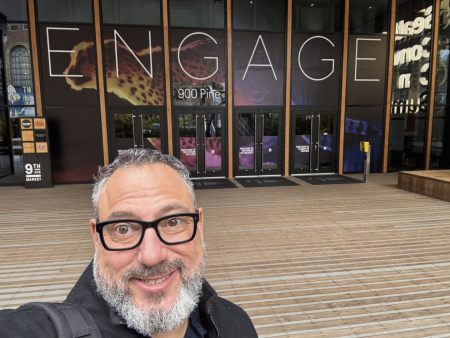Seattle’s Tech Transformation: Layoffs, Resilience, and the AI Future
In a detailed examination of Seattle’s tech landscape, the Wall Street Journal recently cast a spotlight on how this prominent tech hub is experiencing significant economic ripples from layoffs at its two largest employers. The report paints a vivid picture of a city at a crossroads, where coffee shops near Microsoft’s campus now see former tech workers applying for barista positions. This stark reality reflects broader changes throughout the region, with decreased retail spending in tech-centric neighborhoods, restaurant closures, a cooling housing market, rising commercial vacancies, and service businesses reporting significant slowdowns. These shifts aren’t just affecting private businesses—they’re also hitting public coffers, contributing to Seattle’s projected $146 million budget deficit through weakened payroll and sales tax revenue. The transformation underscores the vulnerability of a region where nearly 40% of the workforce depends on just two companies that are now cutting jobs or limiting hiring after years of relentless growth.
The scale of these workforce reductions is substantial and continues to unfold. Microsoft, headquartered in nearby Redmond, has eliminated more than 3,200 Washington state positions since May, part of a global reduction exceeding 15,000 jobs during the same period. This represents a significant contraction for a company that employed approximately 54,000 people in the Seattle region before these cuts. Meanwhile, Amazon, which underwent major layoffs in 2022-2023, continues trimming its Seattle workforce, which has declined to about 50,000 employees in recent years. Though Amazon maintains expansion in neighboring Bellevue, where it now employs roughly 14,000 people, the overall trajectory signals a significant shift in the company’s local employment strategy. Perhaps most concerning for the regional job market is how AI advancement, while boosting these companies’ stock prices, may actually limit future hiring. Amazon CEO Andy Jassy explicitly stated in June that he expects the corporate workforce to shrink in coming years due to “efficiency gains from using AI extensively across the company”—suggesting technology may replace roles rather than create them.
The economic impacts of these changes reveal Seattle’s tech dependence in stark terms. The tech industry accounts for approximately 30% of the Seattle region’s economy according to CompTIA data, ranking second nationally behind only San Jose. With tech representing more than 12% of the overall Seattle-area workforce, the region’s economic health remains deeply intertwined with the fortunes of its technology giants. As Wall Street Journal reporter Sebastian Herrera noted, “This prominent tech hub that was largely built by Amazon and Microsoft is now on wobblier ground, and locals are feeling the impact.” While broader economic factors and local politics certainly play roles in any regional economy, the tech dependency presents unique vulnerabilities. This situation has prompted some, including Seattle mayoral front-runner Katie Wilson, to advocate for economic diversification beyond the tech sector—recognizing that overreliance on a single industry creates systemic risks, especially as that industry undergoes AI-driven transformation.
The ripple effects extend beyond the tech giants themselves, impacting Seattle’s once-vibrant startup ecosystem. Notable local companies including Rec Room, Glowforge, and LevelTen Energy have all reduced their workforces in recent months, as documented by GeekWire’s layoff tracker. These contractions reflect not only the direct impact of reduced spending and investment from larger tech players but also shifting investor priorities and economic headwinds affecting emerging companies. The layoffs create a paradox for the regional economy: while representing immediate pain for affected workers and businesses that serve them, they simultaneously create potential opportunities for entrepreneurial growth. The Wall Street Journal article highlighted two former tech workers who, after being laid off, launched their own ventures—suggesting that disruption can sometimes spark innovation and new business formation, albeit not necessarily at a scale that immediately replaces lost jobs from established companies.
Despite these challenges, some in Seattle’s tech community see potential silver linings. At a recent GeekWire event, industry leaders noted that the current environment creates hiring opportunities for startups, who now face less competition from tech giants for talent and can access a stronger candidate pool. Voyager Capital’s Erik Benson expressed optimism about startup creation, noting that “There are some great people being let out of these companies—which could mean more founders and first-time founders.” This perspective aligns with promising financial indicators: venture capital funding to Pacific Northwest startups has nearly doubled through the first eight months of this year compared to the same period in 2024, according to GeekWire’s tracking. The region’s density of engineering talent—particularly those with expertise relevant to artificial intelligence—positions Seattle to potentially lead in AI-native company development, even as traditional tech roles diminish.
The transformation of Seattle’s tech landscape represents a pivotal moment in the city’s economic evolution. While the immediate effects of layoffs and hiring pullbacks create genuine hardship and uncertainty, they also force a reconsideration of what Seattle’s technology identity might become. Rather than simply serving as a satellite office location for established tech giants, the region has an opportunity to reinvent itself as an incubator for innovative startups and AI-focused ventures. This transition won’t be painless—coffee shops filled with former tech workers seeking service jobs testify to the human cost of such economic shifts. Yet the fundamentals that made Seattle attractive to technology companies initially—a highly educated workforce, quality of life factors, and established tech infrastructure—remain intact. The question facing the region isn’t whether technology will continue to drive its economy, but rather what form that technological economic engine will take in an era where artificial intelligence simultaneously creates new possibilities while disrupting established employment patterns. For a city that has repeatedly reinvented itself—from logging to aerospace to software—this latest transformation may ultimately prove to be another chapter in Seattle’s remarkable capacity for economic adaptation and renewal.


